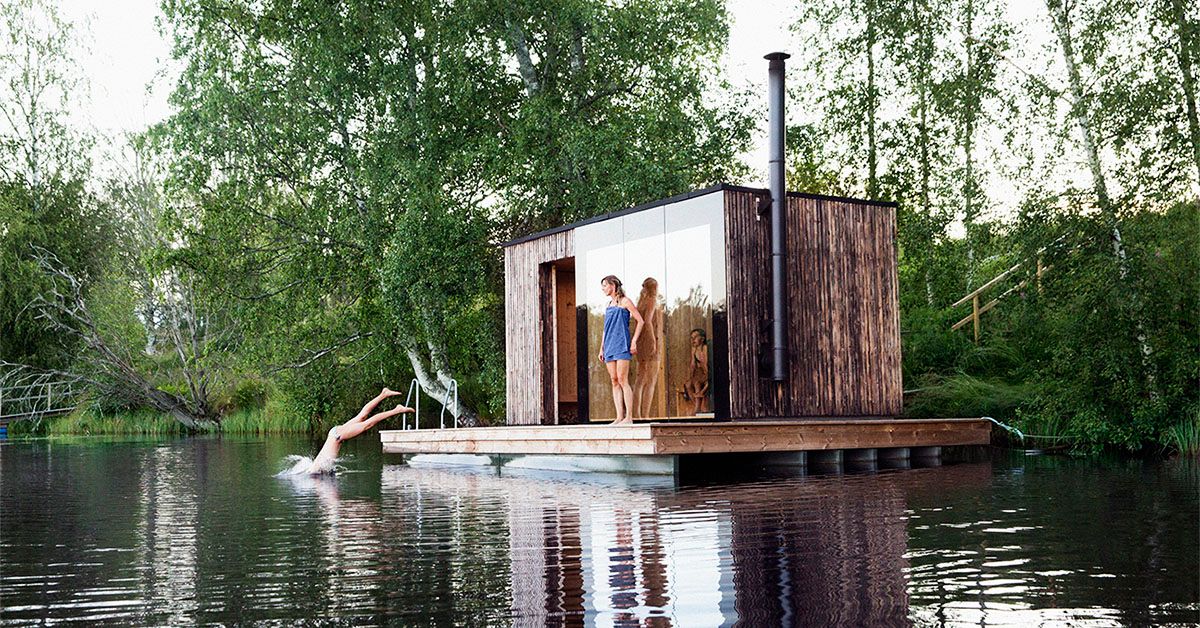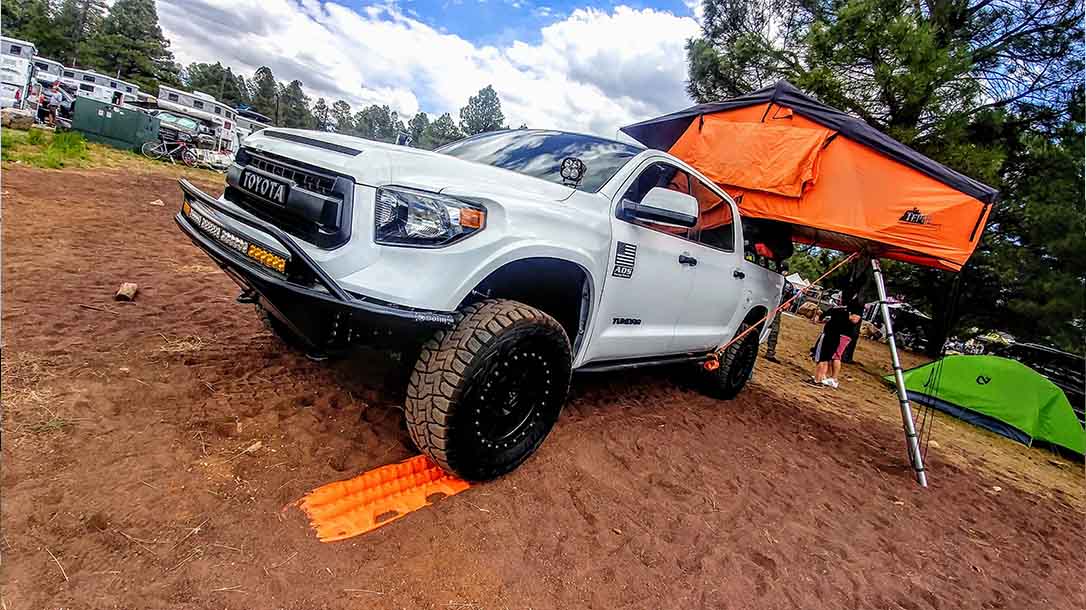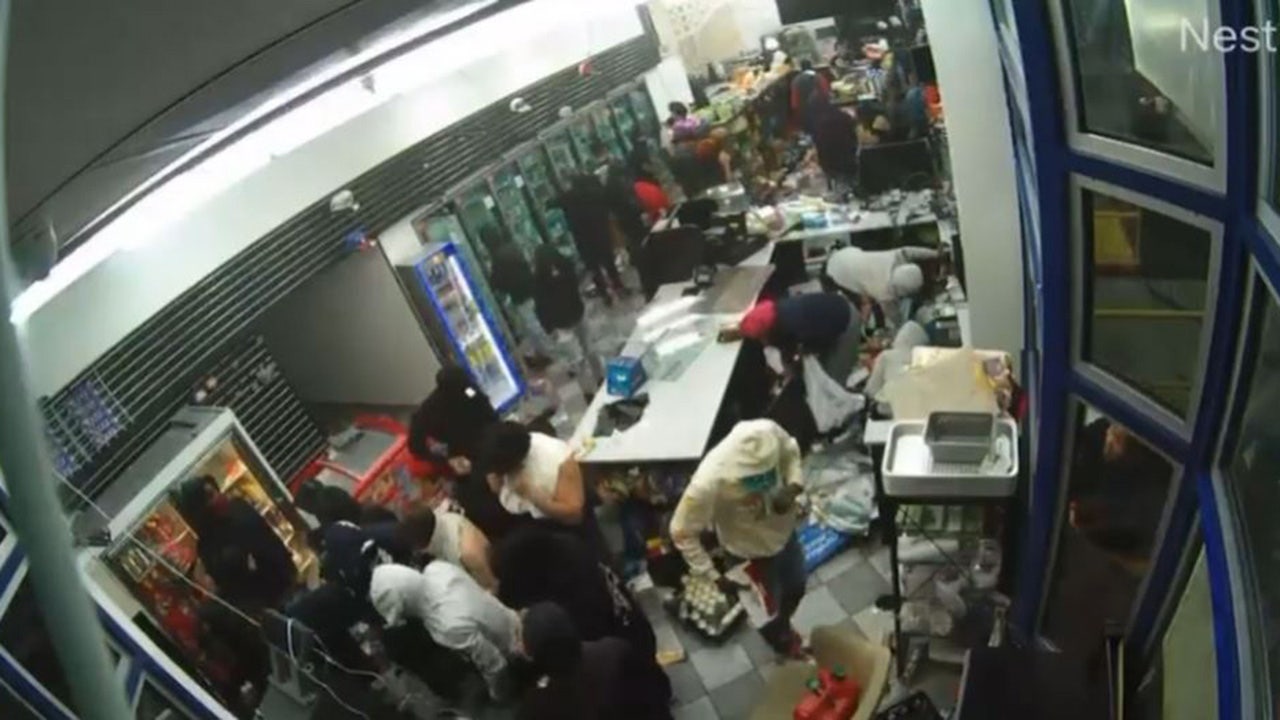Some of you may ask yourselves, “What is overlanding?” Well, it’s an autonomous trip to a remote or off-the-beaten-path destination. Generally, it requires a super cool form of transportation. Usually, an SUV, 4×4, van, motorcycle, or whatever you decide to convert to a badass vehicle. Making you a self-reliant God of all remote destination journies and the instant envy of all your neighbors. As important as that offroad rig is, having the proper overlanding gear will make all the difference between being an Instagram poser and a real overland enthusiast!
Choosing the Right Vehicle for Overlanding
If you are getting into overlanding, you may be trying to find the best starter vehicles. First, you will want a rugged and capable vehicle with enough room for your overlanding gear and equipment and good aftermarket support for suspension systems, racks, bumpers, and lights.
Remember, lots of lights can make your overlanding experience better. Sorry, guys, the beard is not included. The idea of overlanding is simple. Take an SUV or pickup that you can turn into an overlander and build it into a user-friendly vehicle that will be the best base camp for any outdoor adventure.
Whether you decide on a Redtail or Storyteller, the Mercedes Sprinter van will have all the creature comforts you want when starting this excellent overlanding experience. It will be like you are experiencing all of nature’s wonders without having to deal with nature.
These vans can either be purchased or added with everything that an RV offers—yup, even a bathroom. The MODE vans are built on a Mercedes-Benz Sprinter 2500 4-cylinder diesel high-output AWD so that you can tackle rugged terrain. If you decide on this, it can cost anywhere from $170,000 to $180,000.
Let’s say you’ve got some extra cash and want to impress the other little overlanders. Well, then, you would like to go straight for the EarthRoamer. This one is more robust and flashy, but it will let the world know that this guy loves the outdoors, again, as long as he doesn’t have to deal with it. The EarthRoamer will run you $700,000 for the base model. The LTi that came out in 2019 replacing the LTS model, is self-proclaimed the most advanced EarthRoamer Overland vehicle ever made.

Overlanding Gear Must Haves
If you have chosen one of the vehicles above, you wouldn’t need the first gadget or add-on that made this list as you will already be equipped with sleeping quarters, but a hard-top rooftop tent is all the rage with overlanders. A rooftop tent, or RTT, is a must for any beginning Overlander. There are so many brands to choose from you could get lost in the options. From Rhino Rack to Freespirit, these little puppies could run you up to $4,000.
Kitchen gear: let’s remember all of the fantastic doohickeys we have now to choose from to make this experience even more rugged. You should include:
Portable stove
Water storage
A cooler or fridge/freezer
Compact storage solutions for food and cookware
Modular systems easily organized and accessed from your vehicle are highly beneficial for efficiently preparing meals.
Essential Overlanding Gear and Gadgets
Recovery gear: Winches, traction mats, and tow straps.
Navigation tools: GPS and detailed maps.
Communication devices: Satellite phones and two-way radios.
Emergency kit: First aid supplies, fire extinguisher, and survival tools.
Vehicle maintenance tools: Spare tire, jack, and basic repair tools.

It’s about the Journey
Now that you’re all set with your vehicle, gadgets, add-ons, and essential tools, where do you go?
The best state for overlanding depends on what type of person you are and what kind of experience you seek. For example, Utah has beautiful dramatic desert scenery and off-roading trails, while California and Oregon offer longer routes, diverse landscapes, and geographical features. Colorado, on the other hand, is home to nearly 8.3 million acres of BLM land (Bureau of Land Management)
Wherever the road takes you on this incredible journey, please remember that responsible overlanding involves minimizing your impact on the environment by following practices like sticking to designated trails, practicing ‘Leave No Trace’ principles, managing waste properly, and respecting wildlife and natural habitats. Use eco-friendly products and maintain a safe, respectful distance from any animals you encounter. Well, what are you doing? You are still sitting here; today is your day. You’re off to Great Places; well, you know the rest. Safe exploring
Didn’t find what you were looking for?
Read the full article here











